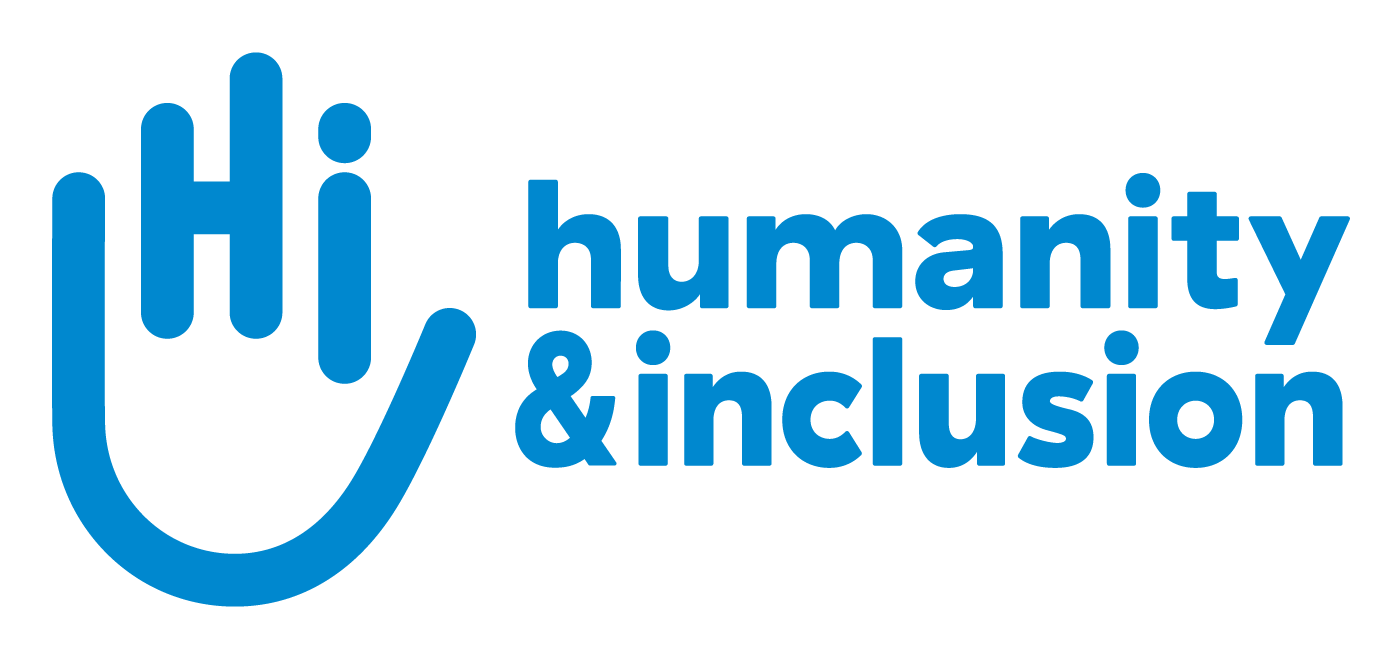Latest news
By country
By activity
- Rights (119)
- Emergency (643)
- Rehabilitation (460)
- Prevention (97)
- Inclusion (270)
- Health (189)
- Explosive weapons (337)
- Event (16)
- Covid-19 (5)
By publication date
Myanmar: HI's vital support for earthquake survivors 04/18/25
While thousands of people displaced by the earthquake in Myanmar are living in improvised shelters and camps, HI's mobile teams are responding to the most urgent needs.
- Myanmar
Gloria’s mission, humanitarian demining in Colombia 04/17/25
In the lush mountains of San Mateo, the courageous Gloria is helping to remove landmines and bring peace and security to local communities.
- Colombia
Venezuela: Mobilization for the release of Alberto and Rafael 04/15/25
For the past five months, Alberto Trentini and Rafael Ubiel Hernandez Machado have been detained without charge by the Venezuelan authorities. HI is calling for everyone to mobilize.
- Venezuela
Mandalay: A city in ruins 04/09/25
The toll of the earthquake in Myanmar continues to rise: 4,316 people have lost their lives, and 6,588 have been injured. HI is still on the ground, providing assistance to those affected.
- Myanmar
"We need help": Burmese rescue workers in the midst of the chaos 04/09/25
One of Humanity & Inclusion's partners in Myanmar is an ambulance organization that has been mobilized since the first hours after the earthquake in Mandalay. A week on from the disaster, they recount their experience.
- Myanmar
In Cambodia, three lives transformed by rehabilitation 04/07/25
HI's rehabilitation teams work with children and adults with disabilities to help them live with dignity and gain greater autonomy.
- Cambodia
Mushange’s journey to education in Uganda 04/02/25
Mushange, 13, lives in Uganda. She is full of big dreams and determination. Thriving at school and making new friends, she's looking to the future with hope and confidence.
- Uganda
In Uganda, Salama can move again and is back at school 04/02/25
After living in isolation for several months because of his disability, young Salama returns to school and dreams of becoming a doctor.
- Uganda
HI assesses the contamination by explosive remnants and unexploded ordnance in Gaza 03/31/25
This is one example of a HI team Explosive Hazard Assessment in Gaza. It took place in Deir el-Balah last December.
- Occupied Palestinian Territories
In Bolivia, HI is supporting Hector, a child with autism, and his family 03/28/25
In El Alto, Maria devotes herself to her two sons, Mateo, 11, and Hector, 7, who has been diagnosed with mild autism, ADHD, and epilepsy. She works with him to build a bright future.
- Bolivia and Andean states
Powerful earthquake in Myanmar: HI assessments underway 03/28/25
A powerful 7.7-magnitude earthquake struck central Myanmar on Friday, March 28, according to the U.S. Geological Survey (USGS). HI, which is present in the country, is assessing the extent of the damage and preparing to intervene.
- Thailand
- Myanmar
In Uganda, Promise is now living life like any other child 03/24/25
Because of an untreated fracture, Promise lived through years of pain. With help from HI, he can now go to school and play with the other children.
- Uganda
7-year-old Elizabeth walks to a brighter future 03/20/25
Chantal lives in Uganda, where she is determined to see her daughter Elizabeth thrive. As part of a EU-funded project, HI’s teams have been supporting the young girl who can now walk on her own.
- Uganda
Maintaining the cold chain in emergencies: a challenge being met by Atlas Logistics 03/18/25
In humanitarian crises, a change of just one degree can determine a drug's irreversible loss of effectiveness.
- Ukraine
Inclusion of people with disabilities: Damien, a shoemaker in Cotonou, has big plans 03/18/25
Thanks to his energy and determination, Damien Falola has been able to fulfill his dream of setting up his own shoemaking business. He talks to us about his journey and the support he has received.
- Benin


















